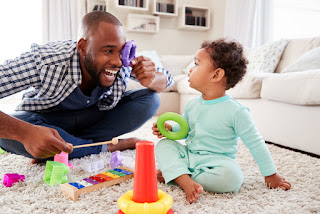Thinking About Identity

After reading Tatum's article I learned many things about racial identity that I wasn't aware of before. One quote that stood out to me from her article was that her experience has been that, "most of her students, regardless of their class and ethnic background, still find racism a difficult topic to discuss." I also agree with what she observed from her students, because in my own experience, this topic is hard to talk about with my friends and family. After reading journal comments from the students in her class, I easily connected to one of them because it was exactly how I feel when we think about racial identity. Journal entry from her student: "I had never thought about my social position as being totally dominant. There wasn't one area in which I wasn't in the dominant group. . . . I first felt embarrassed. . . . Through association alone I felt in many ways responsible for the un-equal condition existing in the world. This made me feel like sh...


